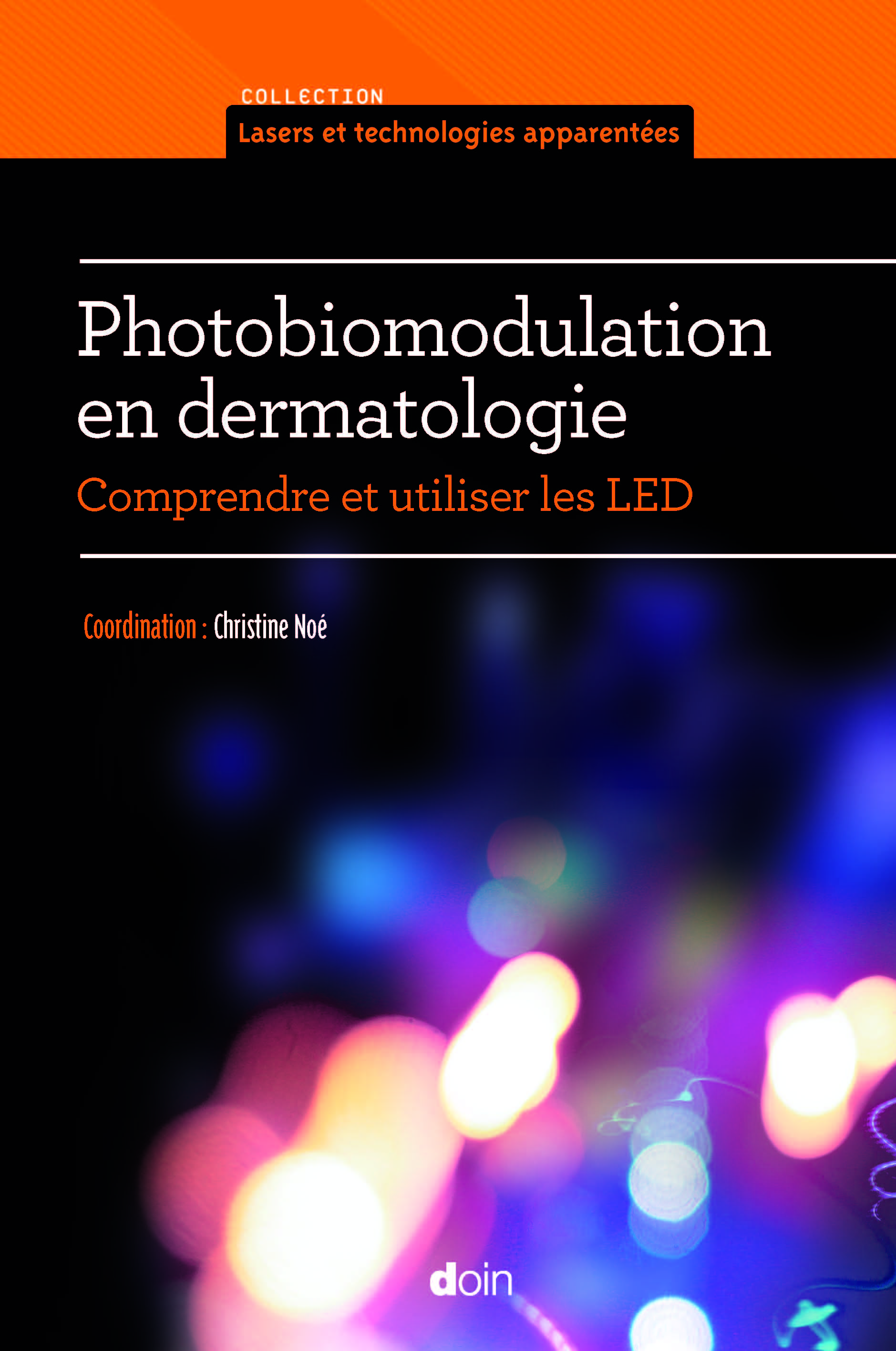(for any order > 35€)
Summary
The major role played by light in botanical photosynthesis is widely recognised but its beneficial effects in humans are still the subject of much debate. Machines capable of delivering low energy light are currently being developed and they are claimed to have a variety of effects ranging from skin repair, to hair regrowth and the treatment of acne, etc.
- Whether they are coherent (low level laser) or not (LED), are these harmless light sources actually effective?
- How can low energy rays, which are mainly extracted from the visible range, generate specific, isolated effects?
- Why are different responses obtained with the same light band when the experimental conditions are modified?
To answer these questions, the authors have carried out a comprehensive review of fundamental, experimental and clinical studies and combined their findings with the "real life experience" of the private doctors using these methods.
There are obvious aberrations. This is what the first part of the book, focussing on the inner workings of photobiomodulation, shows. The authors provide an update on our current understanding of molecular and cellular responses to the photon message. The response obtained varies depending on the wavelength used and the radiation parameters but also on the condition of the cellular target.
The second part of the book covers settings, which are of course essential.
The subsequent chapters use the findings of the clinical trials carried out to discuss the approved or supposed indications of these techniques, primarily in a dermatology or cosmetodermatology setting but also more widely in other medical disciplines.
The last chapter explores the practical aspects of LED treatment.
Table of content
Introduction
- Photobiomodulation
- Light therapy and LED : two parallel histories which meet in the 20th century
Physicochemical mechanisms
- From clinical practice to biology
- Mitochondrion : reminder of its structure and metabolism
- Analogies between mitochondria and chloroplasts
- Experimental findings
- Biological basis of photobiomodulation
- Variability of the effects of photobiomodulation
- Conclusion
Parameters
- Light spectrum of LED, importance of selecting the right wavelength and wavelength combinations
- Preliminary settings
- Radiance, power density, energy and dose received
- Exposure time and sequencing
- Physiological condition of the target
- Conclusion
Dermatological applications
- Tissue repair
- LED : from tissue repair to skin rejuvenation?
- LED and acne
- Alopecia
- Pigment disorders
- Cellulite and body shaping
- Other dermatological and esthetic indications of LED
- Conclusion
Non dermatological applications
- Treatment of pain caused by tissue repair
- Musculoskeletal system
- Neurological applications
- Stomatological and ENT applications of photobiomodulation
- Photobiomodulation and infections
- Applications in patients with vascular or cardiopulmonary disease
- Applications in patients with autoimmune inflammatory disease
- Applications in oncology and hematology
- Ophthalmological applications
- Benefits of LLLI on mental health
- Protection against toxic substances
- Future potential applications: stem cells
- Other applications
- Conclusion
Summary
- Gentle, easy and economical treatment
- An effective treatment
- LED in practice
- Conclusion
